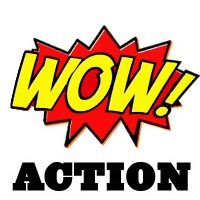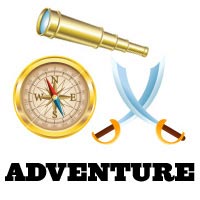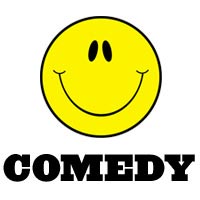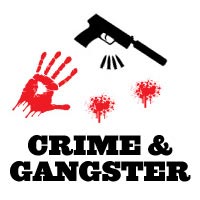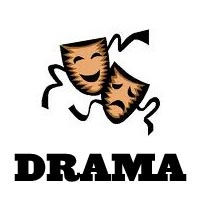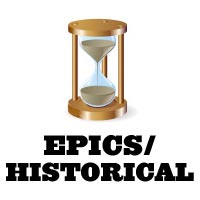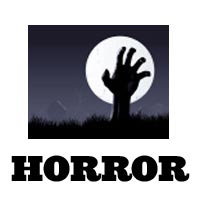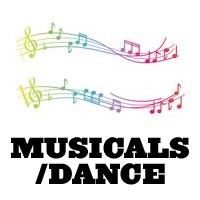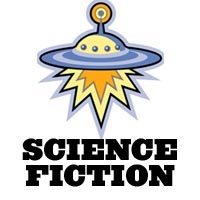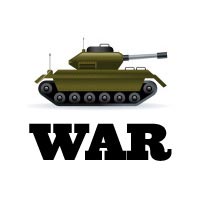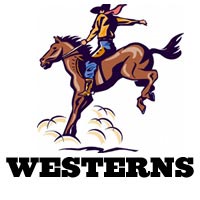Stage 1 - Development
Goal: to visualize all of the Elements BEFORE you start boarding.
Step 1 - Script
GOAL: to create a script that clearly lays out all the action and Dial in a concise visual way.
At this Point don’t get hung up with: too many details, research, shots or visuals. You don’t need to draw at this stage you are building the backbone of the sequence.
If you are starting out with a script you want to identify or even write down all the beats.
The whole point of this stage is to get a CLEAR picture of the whole story and get the steps all down on paper and in your head before you even start to draw. Make sure everything works and flows and makes sense. Imagine someone picking it up and reading it who has NO idea about what the story is about or anything about the characters. Would they be able to see it play out in their mind step by step and would they not get lost or confused?
Step 2 - Visual Inspiration
Goal: is to QUICKLY gather visual reference and inspiration material that you will be able to refer back to as you go. Of course you may have to do this as you go but this is so you have a good amount to start with.
At this Point don’t get hung up with: story, shots, boarding, details, too much researching.
This Stage is Vital because you cannot draw out of a void. "You are only as good as your reference" may not be entirely true but has a lot of truth in it. The wider your reference inventory the more options you have. Imagine Reference as being the material that you have to build with. If you find yourself stuck as far as creativity goes you need to "refresh" your visual innovatory.
Now as vital as Reference is it is also vital to NOT GET LOST in the research stage. You don't want research to be an EXCUSE to NOT create anything. So the way to avoid that is to keep focused on what specifically you are researching. It’s best to write a list and STOP when that list is completed.
Step 3 - Design the Characters and Visual Elements
Goal: To create a SIMPLE visual vocabulary that you can use as you storyboard. This includes Character sheets, prop/vehicle/object designs. In short all of the story elements that will fill your world. ALL of these elements must end up on sheets for easy reference BEFORE you start boarding.
At this Point don’t get hung up with: story, shots, boarding, research,
Now these designs are NOT as complicated and detailed as they would be for the final animation/film. These designs are more like pictography or hieroglyphs. They are simple ways to CLEARLY indicated props and characters without losing form and necessary elements (such as expressions). These designs are rather subjective but EACH design MUST be CLEAR CLEAR CLEAR. And discernible from each other even though they all be drawn say and inch high.
Characters should all be iconic and clearly discernible from each other. If you are not sure if they are clear enough from each other draw them all side by side and either zoom out so the image is an inch high or look at the drawing from across the room. They should be all clearly different from each other. And don't fool yourself. Ask someone to look at it and see if they see what you see.
IF your characters are unclear make them more so by making them more iconic. And for use creative types we may not like this but as story artists we are in the business of COMMUNICATION NOT ART (though it goes without saying that the better we are the more Art will show though.) SO ICONIC. If its a female give her hips and boobs or make her curvy or something. If a man wider shoulders etc. (this is of course subjective to the character but in general its best to just push it even to be cliché because cliché is easy to COMMUNICATE) The Character should be unique even in silhouette.
As for props and all other objects (all that are listed in the script or are important) should be just as clear and treated the same way as the characters.
Step 4 - Design the World
Goal: To create a scene schematics, and spatial layouts that visualize the SETS your characters will be acting in. These will take the form of drawings that you will be able to refer to as you board.
At this Point don’t get hung up with: character designs, reference, shots, boarding, too much detail or too much world
You wouldn't start filming without a set or place to shoot and so you should not start boarding until you have a CLEAR picture of the world that your story will be taking place in.
Now this "world" is not the whole freakn' world but ONLY the Environment that your sequence appears in. SO to FIRST go through your script and make a list of all the scenes (scene headings), and background elements that are listed.
From that list really picture and visualize the spatial relationships, how big the characters are in their environments, how far they have to go from here to there. What time period, where, when what feeling. Create floor plans and even building cross-sections and floor plans for entire towns (Still only as they are called for by the list you made.)
As it is with the previous step make sure that all of these locations are iconic. If you are unsure use a visual cliché.
Storyboarding is
NOT about being pretty
It is about
CLEARLY COMMUNICATING the VISUAL STORY
SO
USE ICONIC VISUALS
and When in doubt
USE VISUAL CLICHE's because they are easy, iconic and most people understand them.
Stage 2 – Thumbnailing
Goal: To get the whole sequence down on paper so that is shows all you have in your mind. It can be rough but it cannot be incomplete. Any person looking at it should be able to follow the boards without you explaining anything to them.
Step 1 – Find the Money Shots
GOAL: To find the KEY Shots in the sequence.
At this Point don’t get hung up with: the order of the shots (though if they are its okay,) numbering the shots, figuring out how it all will work together.
You are just trying to get the “Tent Poles” of your sequence up. IE: images you have clearly in your mind, the Money Shots, The shots that inspired this sequence, the shots that you cannot live without.
You will later build the rest of the sequence with these shots in mind and if you have to cut things down you will know to keep these and sacrifice the shots that link them together.
Get down on paper what is clearest in your mind and don’t get bogged down with the logistics yet.
Step 2 – Rough Thumbnail Pass
GOAL: To conquer the white page. You want to do whatever is necessary to just blast through the whole sequence and get it down on paper from beginning to end.
At this Point don’t get hung up with: pretty drawing (stick figures are okay,) logistics, thinking too much.
At this point you want to think in order and you want to roughly number the shots. You also want to start indicating the camera work.
Step 3 – 1st Thumbnail Pass
GOAL: To get all the way through the sequence again only and this time really get at least a rough indication of all you have visualized for the sequence.
At this Point don’t get hung up with: pretty drawing (though now the stick figures should take on enough form so the characters are different from each other and they are at first glance spatially clear,) thinking, editing, visual arches or progression (at least let that simmer on the back burner)
This is a hard stage but a very necessary one.
You start by looking over the rough pass and visualize what all is not yet drawn and what you want to see.
At the end of this stage:
1- ALL BGs should be indicated (at first glance they should communicate where the characters are in their environment and how big the environment is too the characters)
2 - ALL shots should be properly numbered
3 - ALL shots should have the Horizon line and/or perspective/planes indicated
4 - Basic character action should be indicated
5 - All characters should be roughly the correct size in the frame and relative to each other.
6 - All camera moves should be indicated
7 - the characters don't need to be on model but they NEED to be visually discernible from each other in EVERY Panel. The same goes for important objects/props.
8 – Action notes should be indicated (though the visuals should do most of the explaining) and all Dialogue and important sounds should be written out below the panels.
The Key to getting through this stage is to not edit your self (you will edit later). JUST GET DOWN your ORIGINAL gut instincts, visuals, feeling etc from BEGINNING to END. At the end of this pass you should be able to have someone look over what you have done and it should stand for itself (with no explanation on your part).
Step 4 – Reexamine 1st Thumbnail Pass
GOAL: To critically analyze
At this Point don’t get hung up with:
More to come
Step 5 – 2nd Thumbnail Pass
GOAL:
At this Point don’t get hung up with:
More to come
Step 6 – Reexamine 2nd Thumbnail Pass
GOAL:
At this Point don’t get hung up with:
Yo
Step 7 – Final Thumbnail Pass
GOAL:
At this Point don’t get hung up with:
Yo
Stage 3 – Boarding!!!
Goal:
Step 1 – “Comping”
GOAL:
At this Point don’t get hung up with:
Yo
Step 2 – Reexamine, re-thumb and recomp as needed
GOAL:
At this Point don’t get hung up with:
Yo
Step 3 – Rough Acting Pass
GOAL:
At this Point don’t get hung up with:
Yo
Step 3 – Reexamine Acting Pass
GOAL:
At this Point don’t get hung up with:
Yo
Step 4 – 1st Acting Pass
GOAL:
At this Point don’t get hung up with:
Yo
Step 5 – Reexamine Acting Pass
GOAL:
At this Point don’t get hung up with:
Yo
Step 7 – Final Acting Pass
GOAL:
At this Point don’t get hung up with:
Yo
Step 5 – Shading, light effects and polish
GOAL:
At this Point don’t get hung up with:
Yo








